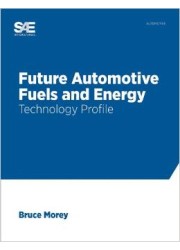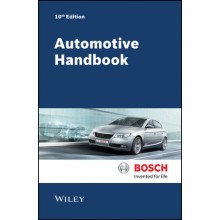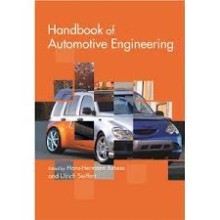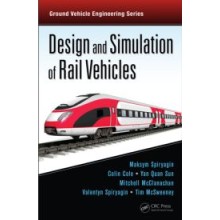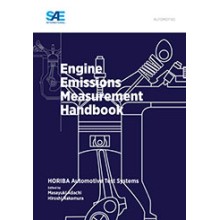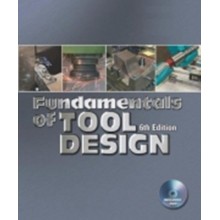Future Automotive Fuels and Energy: Technology Profile
Quantity:
-
Add to Compare
This book sheds light on three essential questions:
- What is the likely supply of gasoline and diesel from oil worldwide to power light vehicles and trucks through 2030-2035?
- Could any other fuel economically replace gasoline? Will different parts of the world answer that question differently?
- How will the answers to these questions affect what we engineer, make, and drive in 2030–2035?
As difficult as it is to predict timing of these events, the book presents reasonable assumptions and alternative scenarios. Since a switch to alternative technologies will require substantial investment, it is critical to have a sense of when.
Despite the global reach of the automotive industry, it is unlikely that a solution for one region will fit all. A more reasonable goal is a set of projected ‘ecosystems’ using differing amounts of oil, electricity, or alternative fuels. From this, automotive managers and leaders can get a sense of how to make business decisions for the future.
To frame comparisons, the author qualitatively assesses each alternative against these criteria:
- energy density
- scale
- efficiency of use
- consumer convenience
- vehicle technical maturity
- delivery infrastructure maturity
- production infrastructure maturity
- rate of progress
Some alternative fuels will naturally be higher in some categories than others. For example, gasoline has higher energy density but when burned in internal combustion engines, has low efficiency. Batteries, on the other hand, have low energy density but are efficient for powering electric motors. For mapping out a long-term future and deciding how best to invest resources, a comparison of these critical criteria should help.
Acknowledgments
Executive Summary
Introduction
Chapter 1 : Oil and The Age of Mobility
Chapter 2 : Natural Gas and Transport
Chapter 3 : Biofuels
Chapter 4 : Electricity, Infrastructure, and eMobility
Chapter 5 : Hydrogen and Infrastructure
Chapter 6 : Summary and Speculations
About the Author
Write a review
Your Name:Your Review: Note: HTML is not translated!
Rating: Bad Good
Enter the code in the box below:
Copyright © 2014 Engineering Standards Bureau. All Rights Reserved.
Developed By Zoom Into Web


